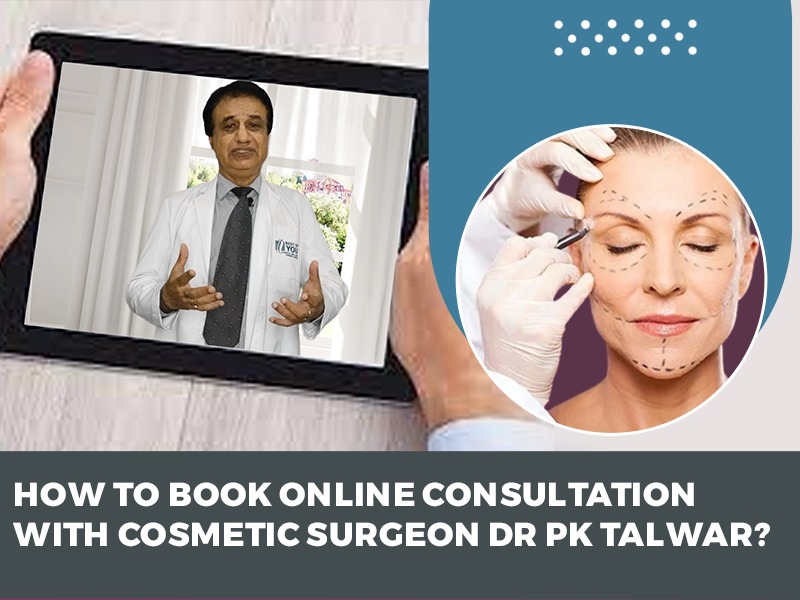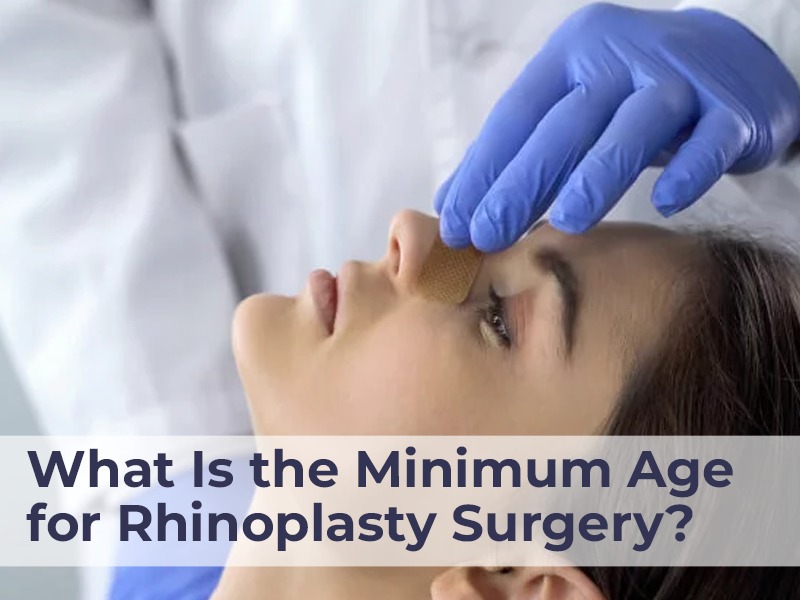Can Burn scars be Removed by Laser?
Burn scars can look much less noticeable after laser treatments. Numerous variables, including the type, quality, and response of each patient’s skin, affect how effective laser therapy is. By stimulating collagen, lasers can improve skin texture, reduce redness, and flatten raised scars. However, it might take several sessions to see any obvious progress with certain scars, and total removal might not be possible. Speaking with a dermatologist or plastic surgeon who has treated burn scars before can help determine the best course of action for each patient’s unique requirements. Scars can come in different forms from burn injuries, whether they are caused by fire, accidents, or other causes. Types of Burn Scars- Hypertrophic Scars: These are scars that grow over the site of injury and are elevated, red, or pink. They usually appear in areas that take longer to heal and can be painful or itchy. Keloid Scars: More severe than hypertrophic scars, keloids grow outside the original site of the wound. They may be raised, thick, and easily spread past the confines of the first injury. How Laser Treatment Works for Burn Scars? Types of Lasers Used- Fractional lasers: These devices use carefully calibrated, minuscule light beams to puncture the skin and cause microscopic injuries that set off the body’s innate healing process. Pulsed Dye Lasers (PDL): By focusing on the blood vessels in scars, pulsed dye lasers (PDL) help to flatten raised scars and lessen redness. Treatment Process- Assessment: A dermatologist or plastic surgeon performs a comprehensive assessment of the type, size, and location of the scar before treatment. Procedure: The scar tissue is targeted by the particular type of laser used during the laser treatment. Scar tissue absorbs the laser’s energy, which encourages collagen remodelling and lessens the visibility of scars. Sessions: Depending on the desired result and the extent of the scar, multiple sessions might be needed. Usually, sessions are scheduled several weeks apart to give the body time to heal. Effectiveness of Laser Treatment for Burn Scars Laser therapy can significantly improve the appearance and texture of burn scars. It helps in: Diminishing Redness: PDL can reduce the redness in scars by targeting the blood vessels that cause them. Flattening Raised Scars: Over time, raised scars can become softer and more uniform due to the stimulation of collagen production by fractional lasers. Texture Improvement: The procedure contributes to the skin’s uniformity and closer similarity to surrounding healthy skin by smoothing out rough areas. Considerations and Precautions Consultation: To determine the best course of action, it is imperative to have a consultation with a board-certified dermatologist or plastic surgeon who has experience treating burn scars. After-Treatment Care: For best results, it’s important to take proper care of the treated area, which includes avoiding sun exposure and adhering to the skincare routine. Conclusion Scar management has advanced significantly with laser treatment in Delhi for burn scars, which shows promise in terms of improving scar texture and appearance. Individual reactions to treatment, however, might differ, and a number of variables, such as skin type and the degree of scarring, can affect the results. The best course of action suited to a person’s unique requirements must be determined by speaking with the best plastic surgeon in Delhi.
Can Burn scars be Removed by Laser? Read More »






